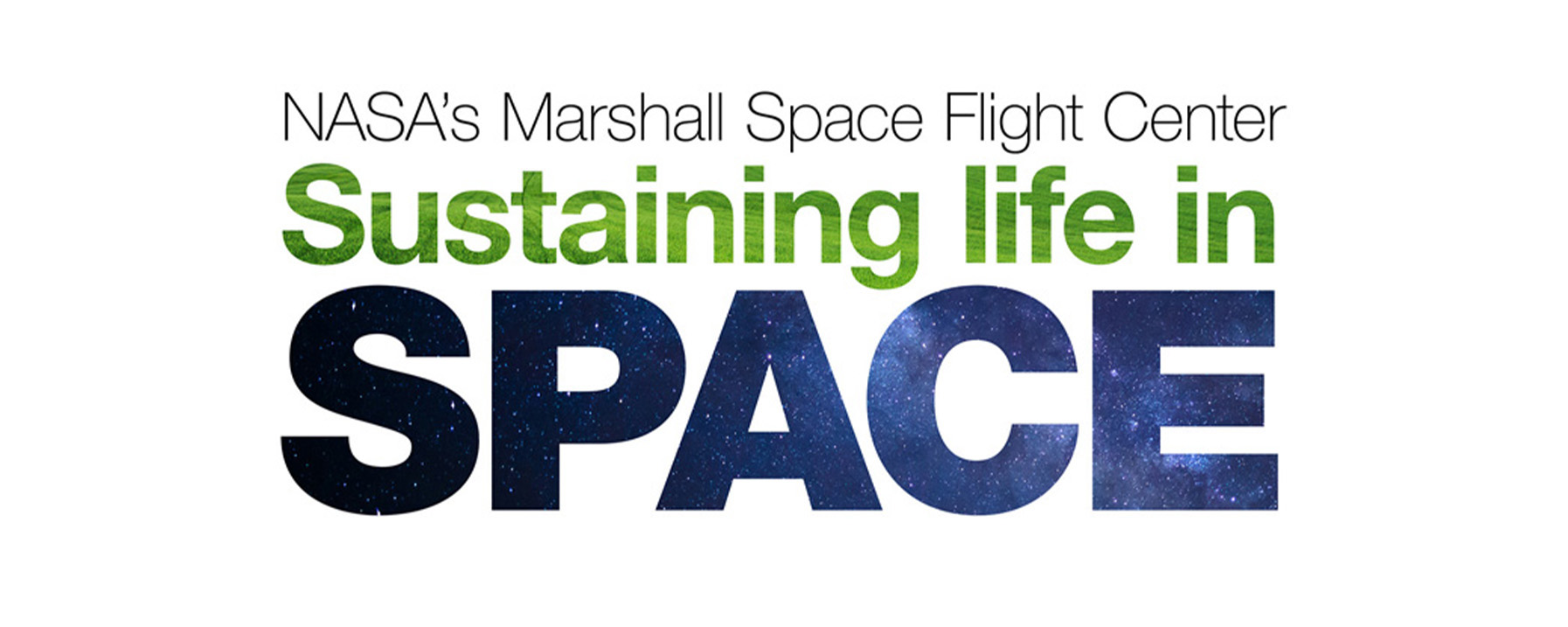On Earth, we have a relative abundance of the most basic items to support life: air to breathe and water to drink. Elsewhere in our solar system, we haven’t found any babbling brooks or vegetation to help replenish an oxygen-rich atmosphere. A group of scientists and engineers at NASA’s Marshall Space Flight Center in Huntsville, Alabama, have spent decades perfecting technology that helps astronauts recover those basic necessities in the harsh environment of space.
Without air or water humans simply cannot travel, live or work in space. Marshall is responsible for the design, construction and testing of regenerative life support hardware for the International Space Station, and maturing these technologies for the journey to Mars.
The Environmental Control and Life Support System (ECLSS) installed on the International Space Station includes two key components – the Water Recovery System and the Oxygen Generation System – that reduce the need for constant resupply of the basic needs from Earth. That leaves open valuable cargo space to carry items necessary to explore and conduct research once we reach our destination. To date, ECLSS has processed more than 25 tons of water, including 5 tons that have been converted to oxygen.
The Water Recovery System provides clean water by reclaiming wastewater, including water from crew members’ sweat and urine, cabin humidity condensation, and waste generated during spacewalks. The system filters and recycles wastewater for reuse as potable clean water, reducing by 15,000 pounds per year the net mass of water and consumables that would need to be launched from Earth to support six crew members.
The Oxygen Generation System produces oxygen necessary for the crew to breathe, as well as for replacement of oxygen lost due to experiment use, airlock depressurization, module leakage, and carbon dioxide venting. The OGS technology consists mainly of an electrolysis system, pulling oxygen from water by running an electric current through it.
As NASA embarks on deep space missions or trips to future planetary outposts, re-supply missions will be a significant challenge. The ECLSS regenerative life support hardware, generating and recycling the life sustaining elements required by human travelers, will be essential for long-duration trips into space.



























